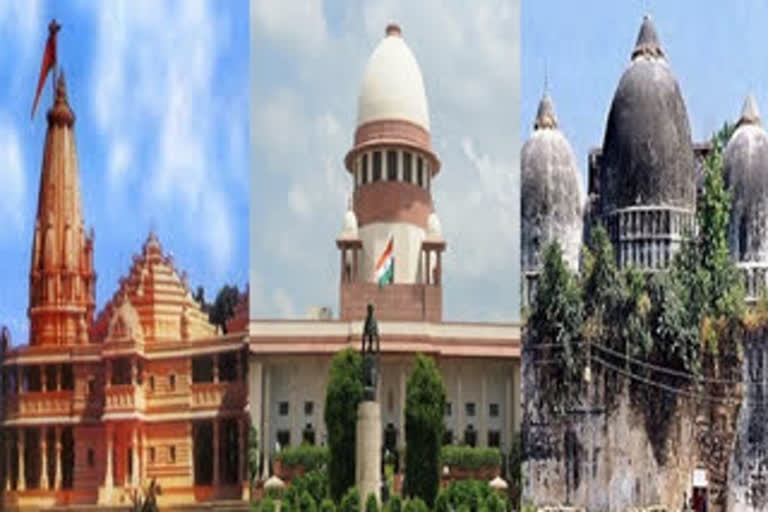New Delhi: The Babri Masjid was damaged in 1934, saw trespass committed in 1949 and was finally brought down in 1992 for the sake of protecting “Hindu rights”, Muslim parties said on Monday as they began their arguments in the Supreme Court in the Ayodhya title dispute.
Senior advocate Rajeev Dhavan, appearing for the Muslim parties, focussed on contesting the “common thread” running across the Hindus parties’ arguments, contending that one was after 1950, their right became crystallised under the Constitution’s Article 13, and disputed it by relying on Constituent Assembly debates on the preamble and secularism embedded in the Constitution.
“Suggestions to have the preamble referring to God almighty were shot down,” he said.
Dhavan told the Constitution bench headed by Chief Justice Ranjan Gogoi that a claim was made that the right is in realm of public law, but when asked what about Muslim law, the usual reply is that it is only Hindu law.
“It was said they (Muslims) were invaders and don’t recognise their law after 1950, recognise only Hindu law,” he said, adding that India inherited law from the British and decided to continue with their law.
At the beginning of the arguments, Dhavan apologised to the bench for his comments in the media and to senior advocate P.N. Mishra. “It is universally recognised that I can be irritating,” he said.
During the course of the arguments, he referred that as the title suit is civil in nature, then there is no room for historical facts and claims, and only admissible evidence on record is applicable to the case.
Contesting the arguments of lawyers for both the Nirmohi Akhara and Ram Lalla Virajman, he said: “There were no idols in the Vedic period. Parikrama is a form of worship and it cannot be treated as a form of evidence. I don’t know on the map, submitted by Hindus parties to the court, where does it end?”
He also raised fundamental questions related to the deity and the idol inside the makeshift temple, and the relevance of the inner and outer courtyard in the disputed site.
